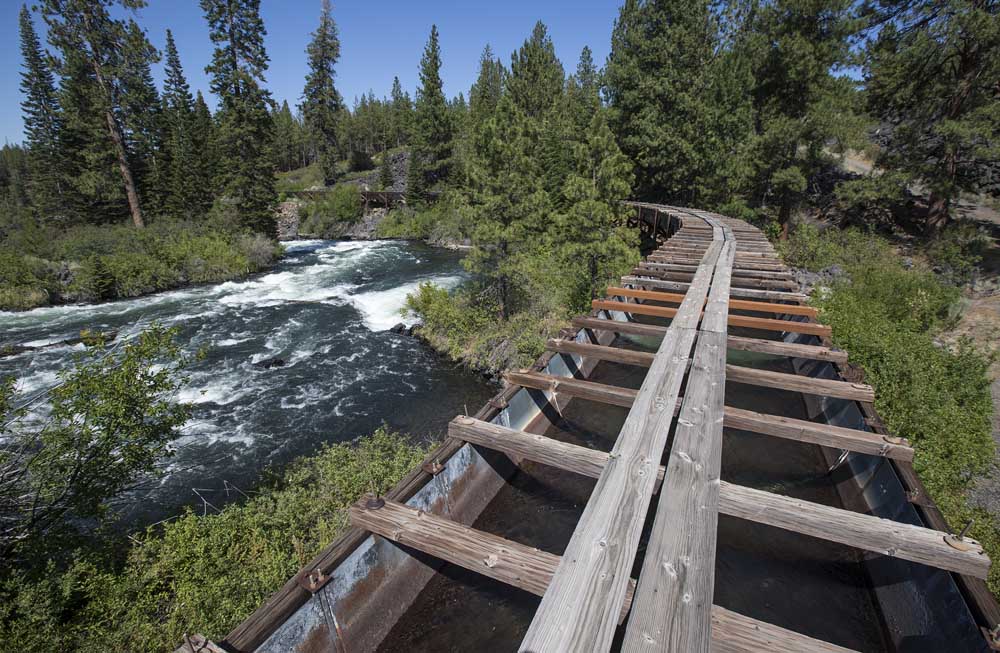Editorial: Currents keep Oregon from water solutions
Published 5:00 am Saturday, October 19, 2024

- Water flows through a section of the Arnold Irrigation District flume near Lava Island Falls on the Deschutes River in 2021.
The Deschutes Soil and Water Conservation District’s proposed tax on the ballot may get more people thinking about water and what to do about it.
Maybe. Most people will likely wonder if they want to pay a new tax.
Trending
The debate about water in Oregon seems mainly below the surface. We haven’t seen every debate or read every article about this election. But it feels like water doesn’t come up often enough.
Oregon doesn’t have a single lead person on the issue. Gov. Tina Kotek is the state’s de facto water czar. She is the de facto czar of so many things, juggling water along with everything else. Water is not easy to juggle. In the Legislature, there have been leaders. One of them, state Sen. Lynn Findley, R-Vale, will be leaving.
Many Oregon agencies get a slice of water. The Department of Environmental Quality does water quality. The Oregon Water Resources Department does permitting and critical groundwater rules. A part of the Oregon Health Authority does community drinking water. Many more organizations are involved: soil and water conservation districts, Oregon’s tribes, cities, counties, irrigation districts and so on.
We can’t say Oregon needs a specialized water czar or one lead agency. Oregon’s structure creates a current that keeps things where they are, not driving a unified look at where Oregon should be.
Consider the Deschutes Basin. Go to Drake Park in Bend on the hottest days of the year and the abundant flow of the Deschutes River is scarcity veiled. The basin has a rich source of water coming primarily through snowpack. But the region has been in a drought year after year. The climate is changing. More people are moving in. The water table has dropped. Drinking water wells have gone dry. Nitrate contamination in the southern part of Deschutes County threatens the groundwater.
As much as 50% of water is lost when it is transferred through open, unlined canals and never reaches its intended destination. Much of the water lost does recharge the groundwater. Open canals grant some people a water feature in their backyard, but it is not water getting where it is intended to go.
Trending
Oregon has a seniority system in water rights. The oldest rights take precedence. The purpose of any new look at Oregon’s old system should not be to simply detonate the past. It was sane to dig canals and harness water for crops. That system of seniority rights does create distortions. Too many people in Deschutes County rely on flood irrigation. Jefferson County farmers are much more careful in their use of water, if it ever reaches them. Cities of Bend and Redmond are concerned about their access to water to meet future needs.
Water is so precious and bound up in a legacy system created for a different time. And how much time do we spend talking about it?
No state blue ribbon task force, no gadget, no spiffed up regulatory regime will usher in a new water era free of any worries. Without focus on the challenge, though, we are effectively in retreat from a problem that will become more acute. Solutions are fugitives and won’t be caught without effort.








